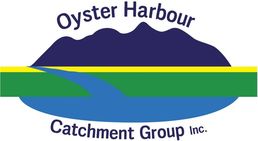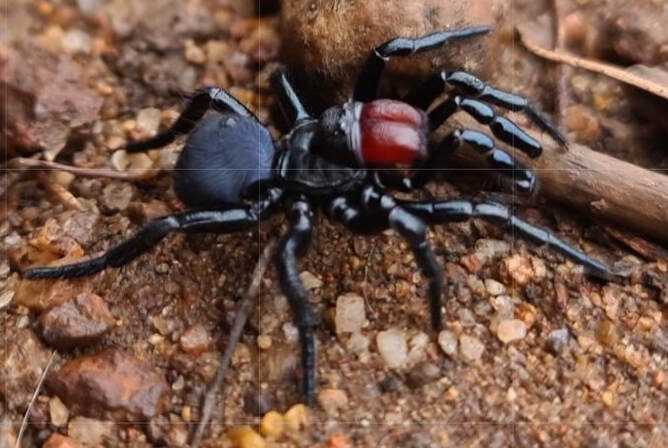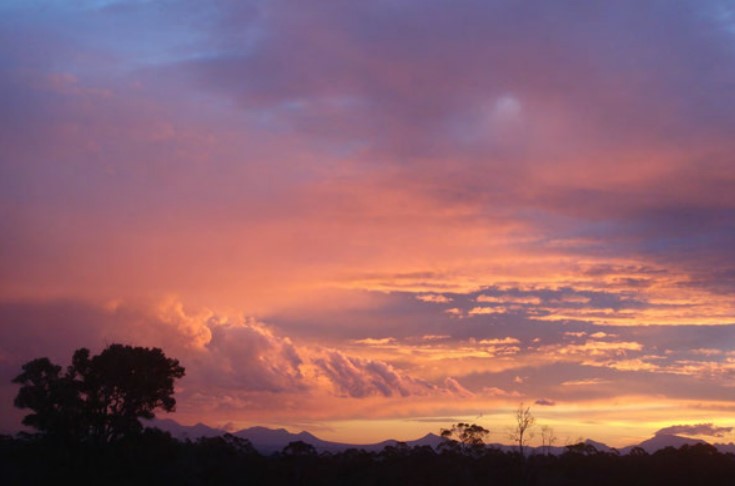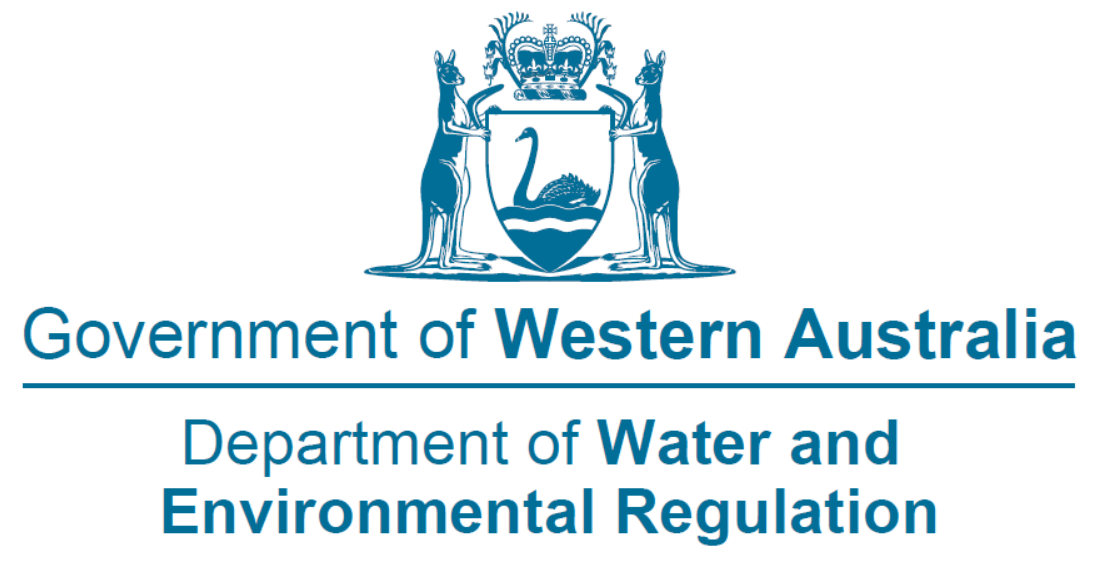Mouse Spider
Missulena granulosa
Mouse Spiders are powerful, compact spiders with a wide eye region - much wider than any other Australian mygalomorph. They have a wide front to their carapace. The fangs point towards each other slightly rather than being strictly parallel. In Australia they are found throughout the mainland, usually in open forest and are Gondwanaland relicts (southern super continent) . They build well-disguised tubes concealed by soil. The burrow's most unusual feature are the two surface trapdoors set almost at right angles to each other. The silk and soil trapdoors often merge well with the ground, making them hard to see.
Fun fact: Named due to their burrows looking like old mouse holes not because they eat mice. Mainly prey on insect, small vertebrates and other spiders.
Welcome to...
|
Made by Lucia Quearry
A passionate community member, geologist, volunteer and farmer. Especially passionate about working with the Ranges Link group; discovering magical plant and animal communities, discovering like-minded people and organisations.
We acknowledge the Minang and Koreng people as the traditional custodians of the land on which we work and live. We pay our respects to the Elders, past, present, and emerging and to the wider Noongar community.
Sponsors and Supporters














